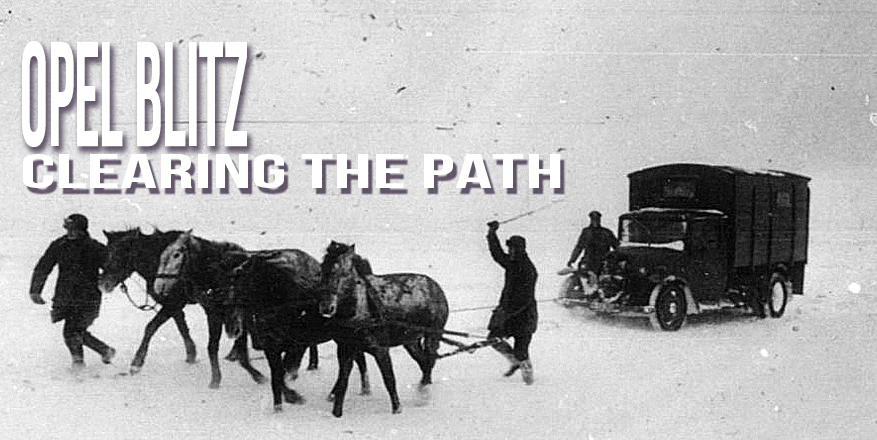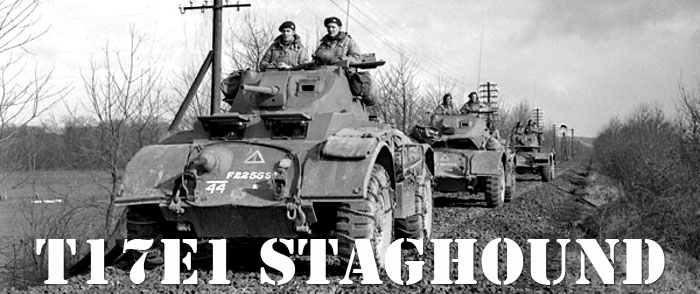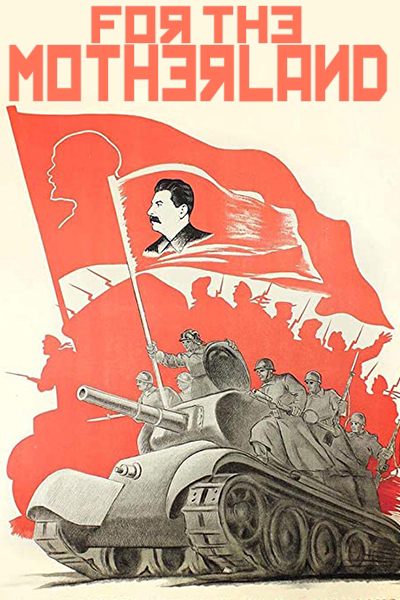 When it comes to armored warfare and the history of WWII, the T34 (and it’s variants) deserve an extra thick chapter any book that chronicles defeat of Nazi Germany – and afterward. In 1942, Adolf Hitler is reported to say to his military staff at his Wolf’s Lair headquarters in East Prussia, “If I had known that there were so many of them, I would have had second thoughts about invading!”
When it comes to armored warfare and the history of WWII, the T34 (and it’s variants) deserve an extra thick chapter any book that chronicles defeat of Nazi Germany – and afterward. In 1942, Adolf Hitler is reported to say to his military staff at his Wolf’s Lair headquarters in East Prussia, “If I had known that there were so many of them, I would have had second thoughts about invading!”
The “them” he was referring to was the Soviet Red Army T-34, the now-iconic tank that had come as such a nasty surprise to the Germans in the summer of 1941. The T34, and it’s variants continued to be a thorn in the side of the German’s throughout the war, ultimately rolling onto the streets of a shattered Berlin in April of 1945.
Drs. Matthew Hughes and Chris Mann in their 2002 work The T-34 Russian Battle Tank noted, “The presence of the T-34/76 in 1941 proved to be a rude shock for the Germans. Compared to other Soviet tanks, the T-34 was able to take on and destroy the best of the German panzers. In various modifications—and despite some setbacks—the T-34 held its own until the war’s end in the ruins of Berlin in 1945.”

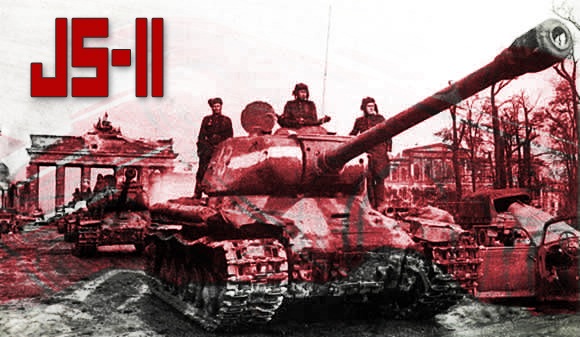
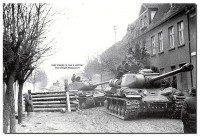

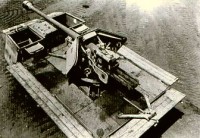

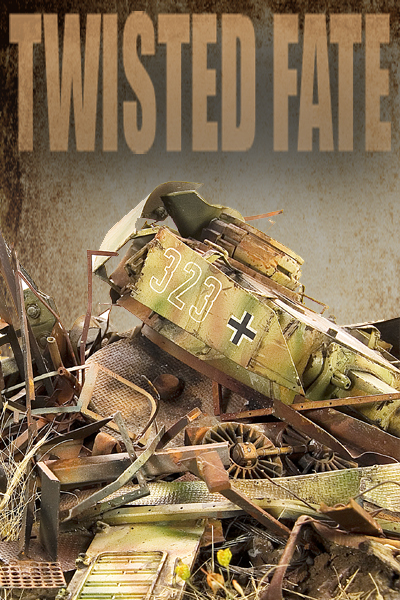 The Caterpillar D7 series medium bulldozer began service with the U.S. military during World War II. With upgrades and changes, it has been a workhorse for the U.S. Military for over fifty years, fulfilling its primary earth moving role as well as a host of other roles discovered for it, for example mine clearing with a special flail adapter kit. As is so often the case, the idea for this project is based upon a photograph showing a D7 Dozer in action during World War II clearing the wreckage of a Panzer IV from the roadway.
The Caterpillar D7 series medium bulldozer began service with the U.S. military during World War II. With upgrades and changes, it has been a workhorse for the U.S. Military for over fifty years, fulfilling its primary earth moving role as well as a host of other roles discovered for it, for example mine clearing with a special flail adapter kit. As is so often the case, the idea for this project is based upon a photograph showing a D7 Dozer in action during World War II clearing the wreckage of a Panzer IV from the roadway.

